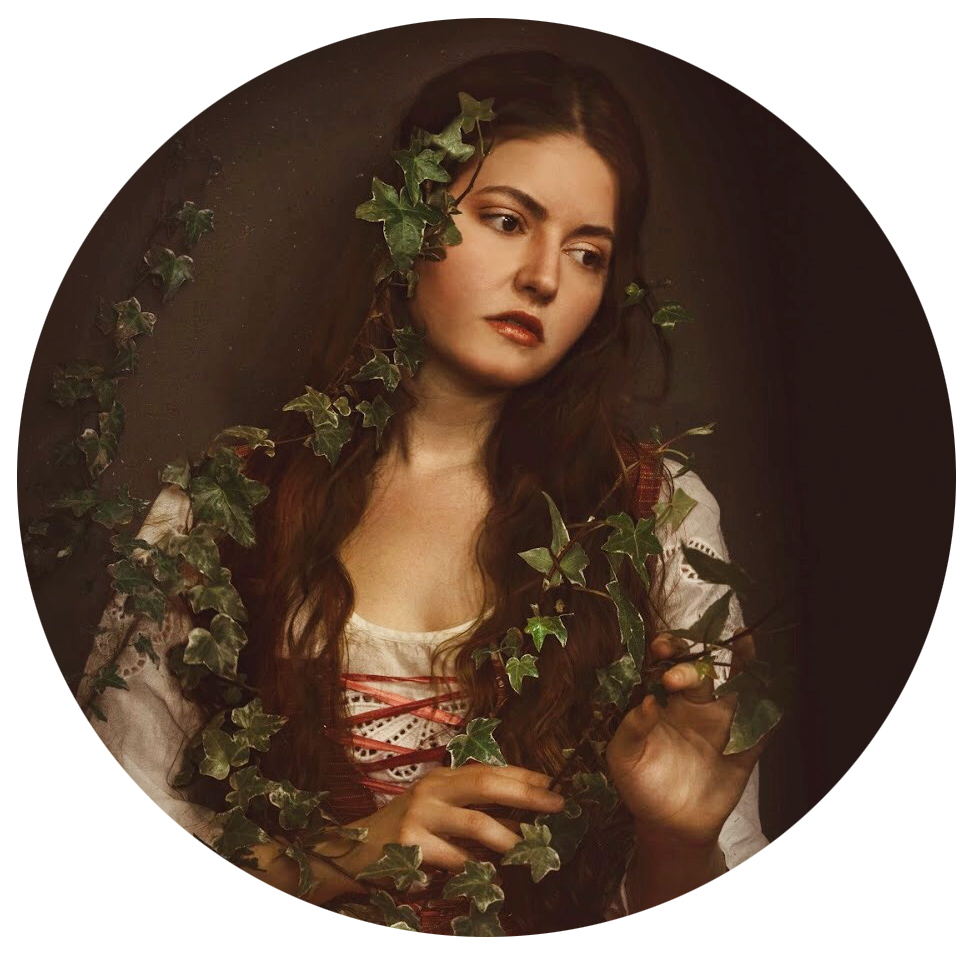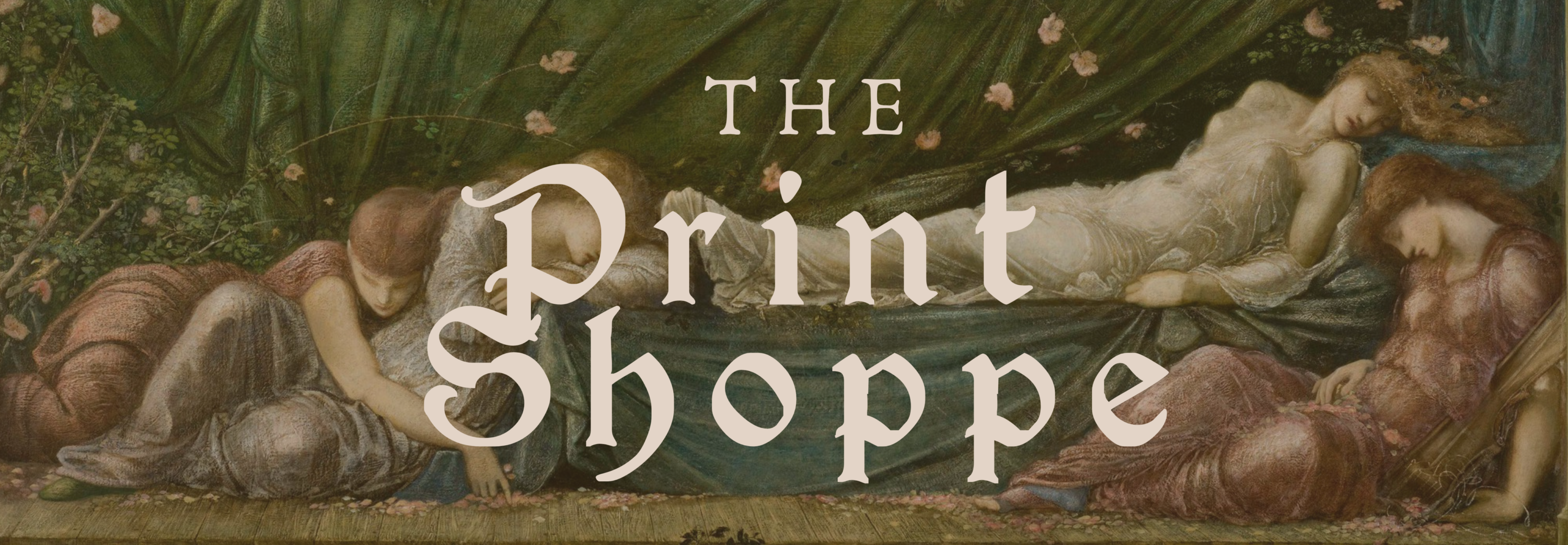

And thus the snowdrop, like the bow
– Anonymous
That spans the cloudy sky,
Became a symbol, whence, we know
That brighter days are nigh.
While landscapes shed off winter’s heavy cloak of gloom and grey, the winter-blooming bells of snowdrops begin to ring in spring. These fair and yet hardy maidens of February emerge through snow using their strong leaves, giving them the French name Perce-Neige (meaning “pierce snow”).
“Thou first-born of the year’s delight,
– John Keble, To the Snowdrop (1827)
Pride of the dewy glade,
In vernal green and virgin white,
Thy vestal robes arrayed.”

This member of the Amaryllis Family (Amaryllidaceae) was first described as Viola albus or “white violet” around 350 BC by Theophrastus, known as the Father of Botany and author of the Ancient Greek text Historia Plantarum (Enquiry into Plants). It is debated if snowdrops were also referenced in Homer’s Odyssey in the form of an herb referred to as moly: “The root was black, while the flower was as white as milk; the gods call it Moly, Dangerous for a mortal man to pluck from the soil, but not for the deathless gods. All lies within their power.”
In 1753, Carl Linnaeus named the genus of snowdrops Galanthus, formed from the Greek word gala (milk) and anthus (flower). In addition, he named the common snowdrop, Galanthus nivalis (nivalis meaning “of the snow”).
John Gerard, noted herbalist and botanist during the Elizabethan Era, also referred to the snowdrop as a white violet and noted their lack in medicinal properties (Schramm 2016). However, in the 1950s, it was found that the people of the Ural Mountains of Russia used mashed snowdrops as a pain reliever (Rathbun 2018). Phytochemists soon uncovered that Galanthus produce several pharmacologically significant alkaloids, including the alkaloid galantamine that improves cerebral function and later was used in the development of Alzheimer’s disease treatment (RHS).

“These plants do grow wild in Italie and places adjacent, notwithstanding our London gardens have taken possession of them all, many years past.”
– John Gerard, Great Herbal (1597)
It is believed that in the 15th century, Italian monks introduced snowdrops to the British monastery gardens, spreading throughout Britain through local flooding (Lee 1999). After the Crimean War, it is said that soldiers returned snowdrops back to the UK, which revitalized their popularity.

We have touched on the historical significance of the snowdrop in Greece, Russia, Italy and the UK, now we shall briefly travel to Germany where the iconic drooping flower head (a shape that aids in protecting the pollen from the moist winter) is reflected in the German word for snowdrops, schneetropfen. Schneetropfen is another name for drooping earrings, like the earring in Vermeer’s Girl in the Pearl Earring. Additionally, drop in the common name refers to an old term for an earring.

The snowdrop’s historical symbolism of hope and purity was reinforced by village maidens that crowned themselves with a garland of snowdrops (which I believe to be symbolized in Frederick Sandys’ Apple Blossom) every 2nd of February, Candlemas.
“The Snowdrop, in purest white array, First rears her head on Candlemas day.”
Using the Victorian language of flowers, these dainty drops continued symbolize purity and hope. However, the Victorians began to alter the meaning as they began to plant them in graveyards, giving way to the name death flower. In early 19th century folklore, it was believed to be bad luck to bring them in the house.
“So much like a corpse in a shroud that in some counties the people will not have it in the house, lest they bring in death.”
—Margaret Baker in the 1903 ‘Encyclopedia of Superstitions, Folklore and the Occult of the World’
Interestingly, cottagers also lined the path to their privies and were guided by the glow of the snowdrops in the moonlight (Lee 1999).
In modern history, Heyrick Greatorex is known as the first snowdrop breeder, who experimented with cultivars in his garden named the Snowdrop Acre (Rushton 2019). Fascinatingly, many of his creations were named after Shakespeare’s characters (although snowdrops never do appear in his works).
Fear no more, thou timid Flower!
– Samuel Taylor Coleridge, The Snow Drop
Fear no more the winter’s might,
The whelming thaw, the ponderous shower,
The silence of the freezing night.
Throughout history and across the globe, this little flower signified hope. As the legend goes, after Adam and Eve were expelled from the Garden of Eden, winter seemed to have no end in sight. As Eve was losing hope, an angel transformed the snowflakes around her into a carpet of snowdrops, signifying the first sign of spring.

Above the garden beds, watched well by lady’s eye
Snowdrops with milky heads peep to the softening sky,
– Miss Taylor
It is important to add that many Galanthus are threatened due to habitat loss, climate change, and poaching, leading to their protection under Convention on International Trade in Endangered Species (Rathbun 2018).

December 15, 2022 Update: Since writing this blog post, I have inevitably become an amateur galanthophile. After spotting my first ever planted snowdrop in bloom this morning, it was hard to miss the dainty snowdrops and crocus crowning Proserpina’s head in Gentle Spring by Frederick Sandys (1865).


Gentle Spring by Frederick Sandys (1865), Ashmolean Museum
For any readers in the dead of winter, daydreaming of immersing yourself in springtime blooms in the garden, I recommend watching the videos of alpine gardener, Ian Young:

Noteworthy Snowdrops
With 20 species and over 3,000 cultivars, there were a lot to choose from. At first glance, they formed a sea of white and green, but a few common names and inner petal formations caught my eye.
Galanthus nivalis f. pleniflorus ‘Flore Pleno’
Galanthus nivalis ‘Anglesey Abbey’
Galanthus elwesii ‘Mrs Macnamara’
Galanthus ×hybridus ‘Robin Hood’ (named in the 1890s)
Galanthus elwesii ‘Daphne’s Scissors’

Hybrids Discovered in Churchyards
Galanthus plicatus ‘Grave Concern’
From Shakespeare Plays (Funny enough, Shakespeare had not referenced the snowdrop in any plays)
Galanthus ‘Cordelia’ (King Lear)
Galanthus ‘Desdemona’ (Othello)
Galanthus ‘Hippolyta’ (Midsummer Night’s Dream)
Galanthus ‘Jaquenetta’ (Love’s Labour’s Lost)
Galanthus ‘Lavinia’ (Titus Andronicus)
Galanthus ‘Nerissa’ (Merchant of Venice)
Galanthus ‘Titania’ (Midsummer Night’s Dream)

References
Cambridge University Botanic Garden. Snowdrops.
Lee, M. R. (1999). The snowdrop (Galanthus nivalis): from Odysseus to Alzheimer. Proceedings- Royal College of Physicians of Edinburgh, 29, 349-352.
Tyas, Robert. The Language of Flowers, or, Floral Emblems of Thoughts, Feelings and Sentiments. (1875).
Schramm, Barbara. Snowdrops: Science, Myths, and Folklore.
The Magic of Snowdrops. Eco Enchantments.
RHS. The snowdrop: winter’s timid child. (2018)
Rushton, Susan. Heyrick Greatorex: The Founding Father Of Snowdrop Breeders. (2019).

R E S O U R C E S






